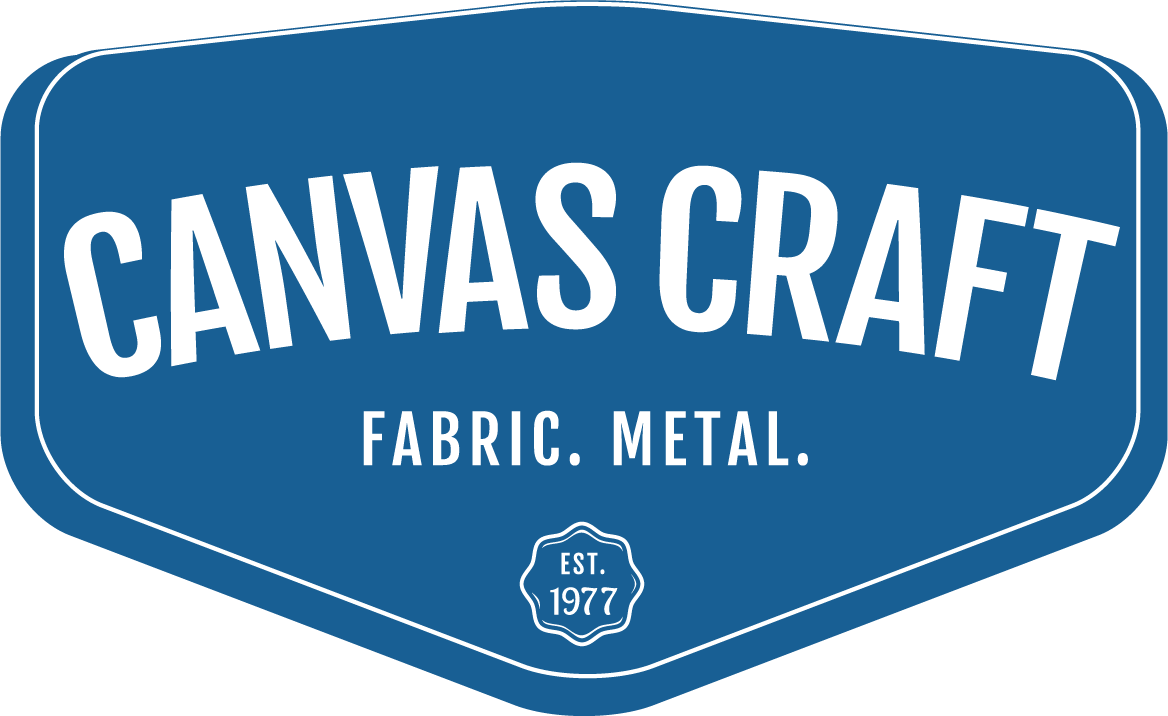Drafting and Planning Your Industrial Fabric Pattern
The intricate art of industrial fabric pattern design is more than just a creative endeavor; it is a meticulous process that requires precision, foresight, and an understanding of the material.
Just as an architect wouldn't start building without a blueprint, industrial fabric design can't commence without a well-thought-out plan. By ensuring precision and detail in the initial planning and drafting stages, the result is a product that meets specifications and exceeds expectations.
In this blog post, we'll explore the significance of understanding your design concept and the pivotal role fabric selection plays in bringing your vision to life.
Understanding Your Design Concept
Every masterpiece begins with an idea. This idea is birthed from inspiration in industrial fabric pattern design—perhaps from nature, modern art, or even a previously successful design.
As this inspiration takes shape, a design concept is formed. It's crucial, however, to remember the end goal. The fabric's intended use and target audience can vastly influence the design.
For instance, a fabric intended for luxury RV resorts might have a different aesthetic than one meant for an industrial machinery cover.
To ensure the design is both functional and aesthetically pleasing, one must consider factors such as whether the pattern should resist fading for outdoor uses like in RV campgrounds or be more focused on durability for industrial applications.
As you conceptualize, always circle back to the fundamental questions: Who is this for? Where will it be used? What purpose does it serve?
Selecting the Right Industrial Fabric
Once you have a solid grasp of your design concept, the next crucial step is selecting the appropriate fabric.
This choice is not merely aesthetic; the type of fabric can deeply influence the design process.
For example, a fabric used for covers in a marina or near the Atlantic Ocean might require resistance to saltwater and high humidity, thus influencing the pattern design to be more simplistic to avoid potential degradation of intricate patterns over time.
Durability is a key factor, especially for products that promise a long lifespan with proper care and maintenance.
The texture of the fabric can also play a pivotal role in how a pattern appears once it's printed or woven. Colorfastness, or the fabric's ability to retain its color despite external factors like sun exposure or frequent washing, is another critical consideration, especially if the design incorporates vibrant or dark hues.
Measurement and Scaling
Accurate measurements are the bedrock upon which all else stands in industrial fabric pattern design.
Much like constructing a building, the entire structure may crumble if the foundation isn't solid and precise. Every inch, every curve, and every angle matters. A slight miscalculation can lead to patterns that don't align correctly, a waste of material, or products that don't fit their intended use.
Taking precise measurements involves more than just a tape measure. Understanding the fabric's stretch, drape, and how it might behave under various conditions is crucial. Once you've gathered your measurements, determining the pattern's scale becomes the next task.
This involves deciding how large or small the design elements should appear on the fabric. Consider how the design will look from a distance and up close should be considered.
For instance, a pattern intended for large amenities like tents or RV park canopies might necessitate a different scale than one for smaller items.
Digital Design Tools and Software
The advent of digital technology has revolutionized the industrial fabric pattern design process. Digital design tools offer unparalleled precision, allowing designers to craft intricate patterns easily.
These tools provide a visual platform to simulate how patterns appear on various fabric types, ensuring that the final product is aesthetically pleasing and functional.
Software like CAD (Computer-Aided Design) enables designers to digitally create, modify, and optimize designs. With the ability to zoom, rotate, and view designs from different angles, designers can foresee potential issues and rectify them before fabric cutting and other irreversible processes begin.
Furthermore, digital tools facilitate easy storage and modification, allowing designers to revisit and tweak patterns as needed, ensuring the designs remain fresh and relevant.
Finalizing Your Pattern
As you approach the finalization stage, meticulous attention to detail is imperative. This is where your design evolves from a draft to a polished masterpiece.
Refining and perfecting a pattern can involve various techniques, from adjusting the color tones to ensuring flawless symmetry.
Repeats in pattern design are crucial. The concept revolves around how a design segment is repeated over the fabric.
Understanding repeats ensures that the design flows seamlessly across the material, whether it's a simple grid repeat or a complex tessellation. Often, designers create a small pattern segment and then test how it repeats over a larger space.
To truly bring out the beauty and functionality in your design, it might also be beneficial to seek feedback. Fresh eyes can provide new perspectives, spotting potential areas for enhancement.
In summary, pattern design is a blend of art and science. With precision, creativity, and the aid of modern digital tools, one can craft aesthetically pleasing patterns that serve their intended purpose flawlessly. As you embark on this journey, always remember to "Protect What Matters," ensuring durability and longevity in every design.
Conclusion
Creating a successful industrial fabric pattern isn't merely about artistic vision—it's a thoughtful amalgamation of design principles, precise measurements, and the right tools.
From conceptualizing a vision to refining the smallest details, each step plays a pivotal role in crafting a design that serves its intended purpose and stands the test of time. Precision, meticulous planning, and the right fabric choice are integral components of a winning pattern.
With over 40 years of experience and a reputation for delivering long-lasting products tailored to specific requirements, Canvas Craft stands ready to guide and assist you. We're not just about crafting patterns; we're committed to helping you "Protect What Matters."
